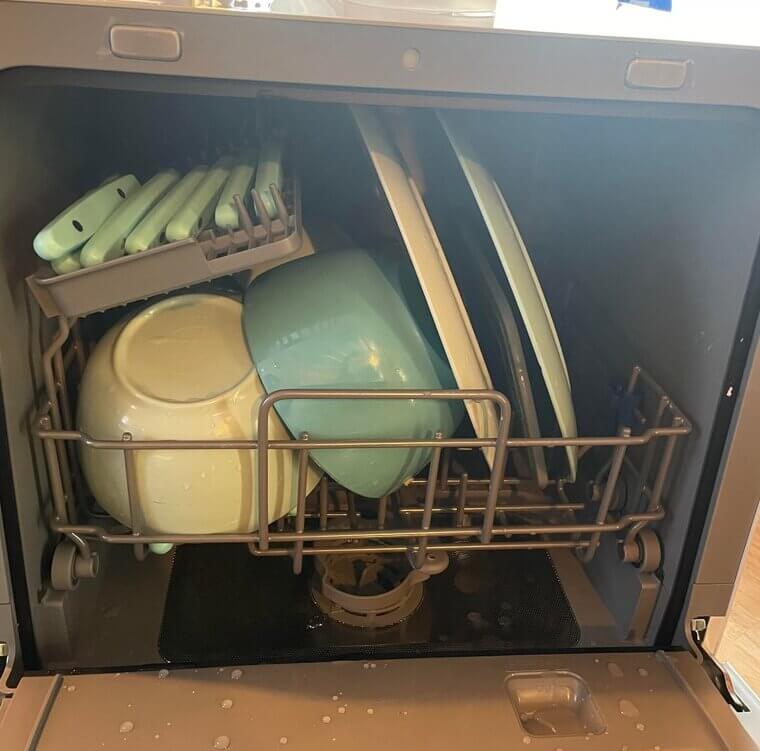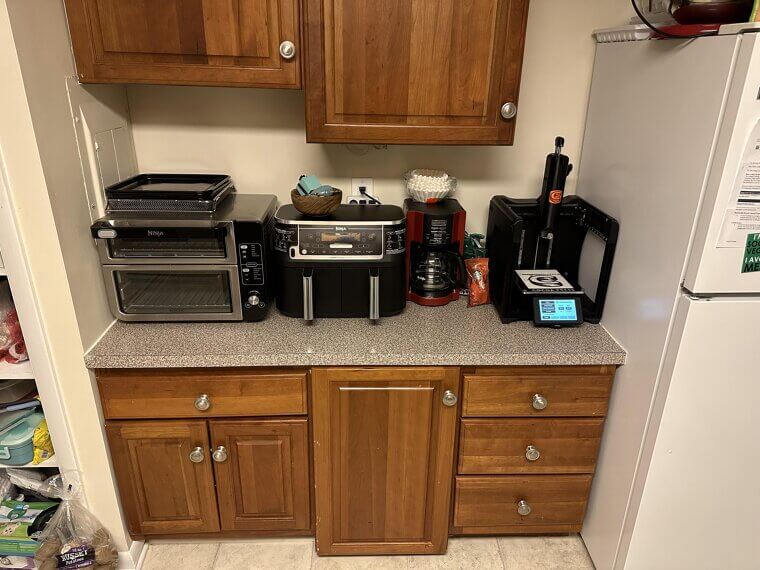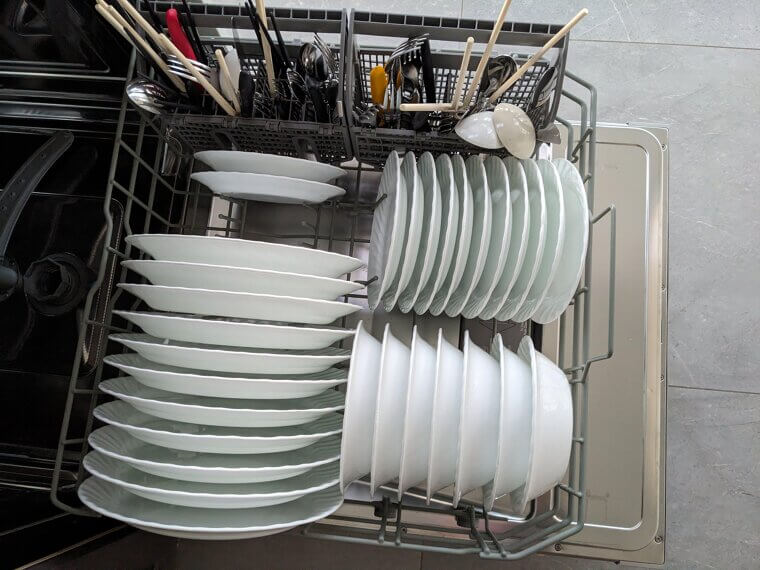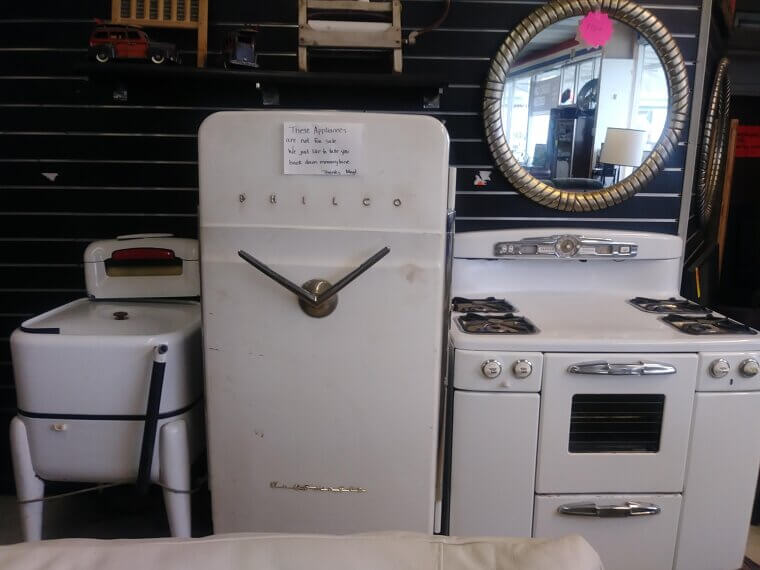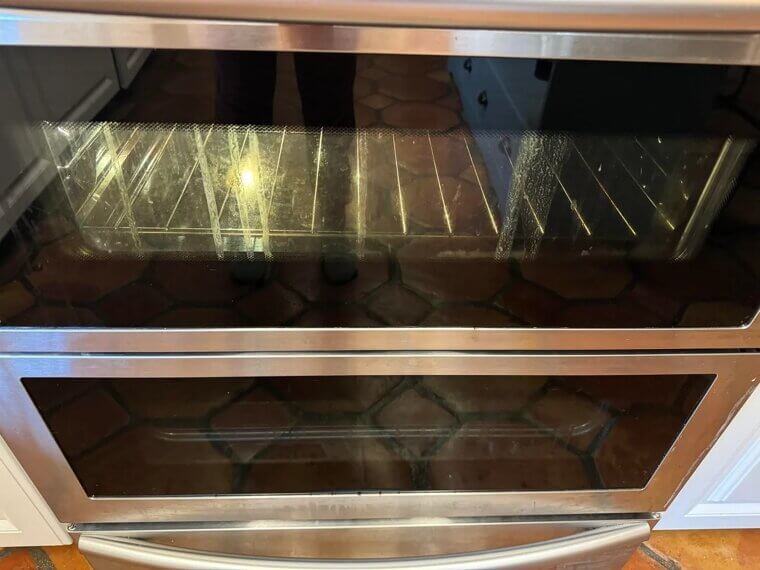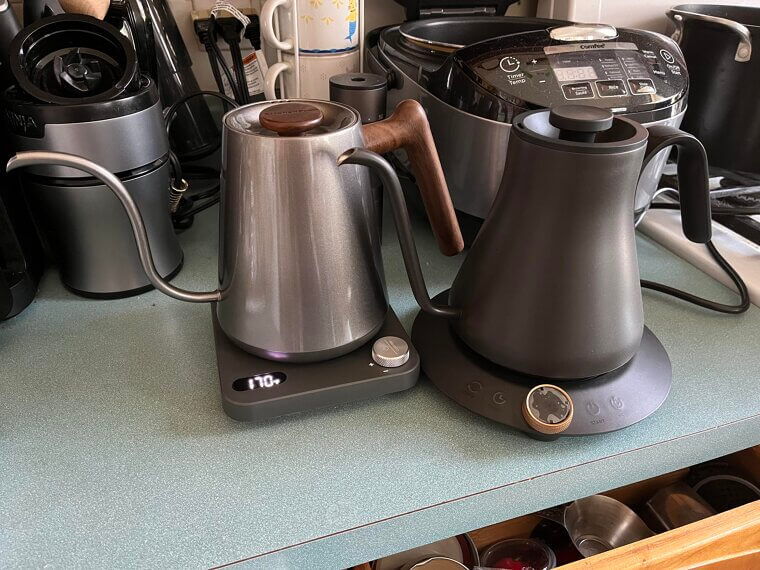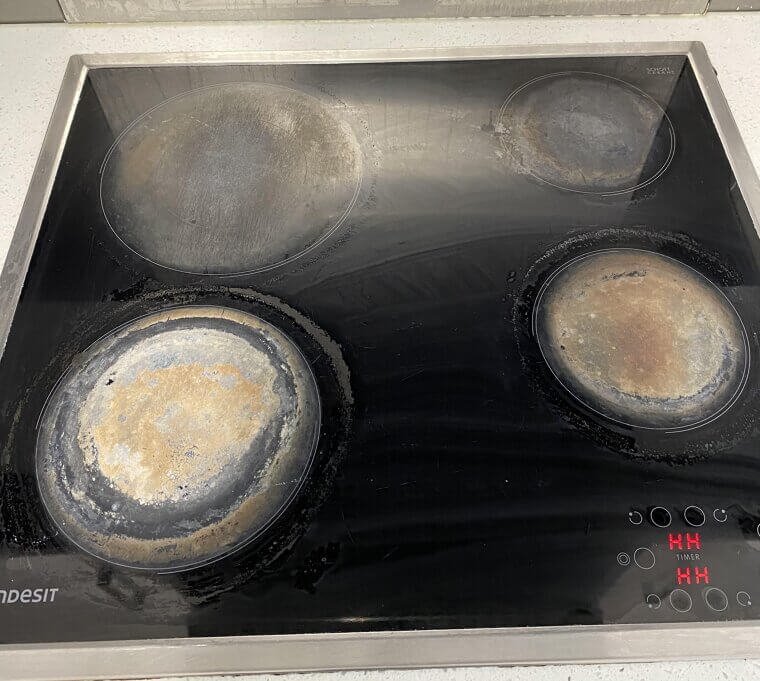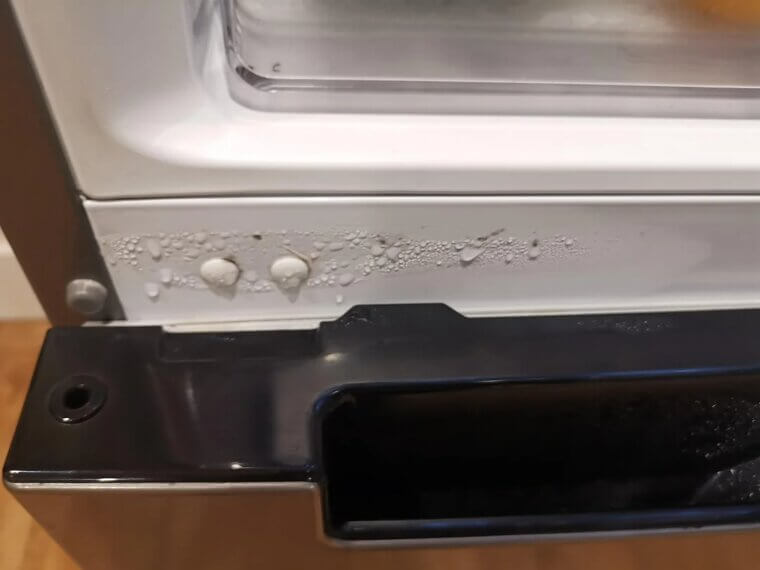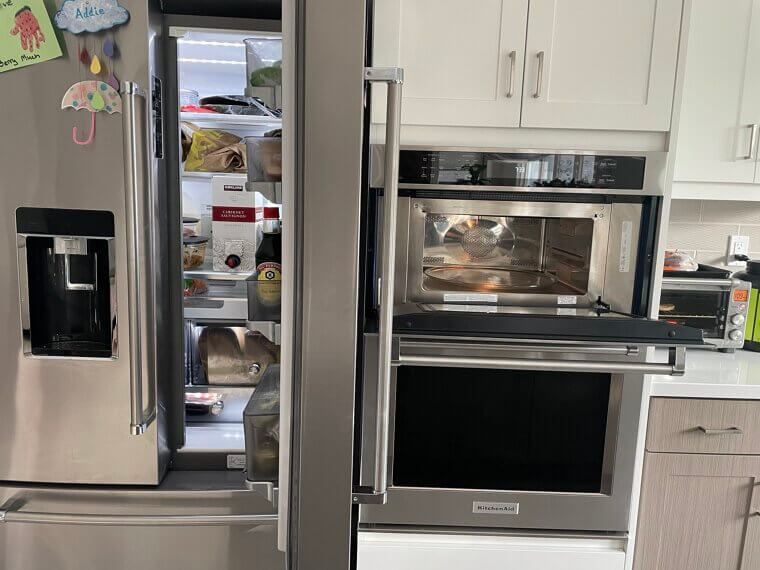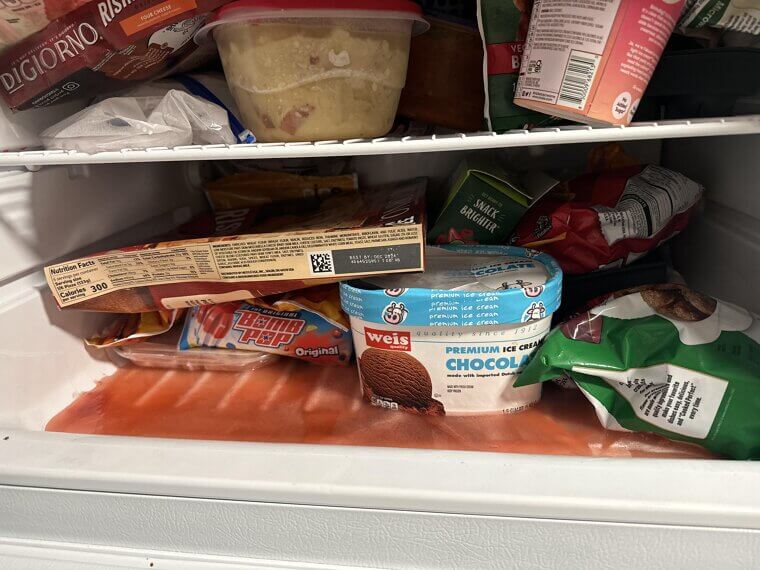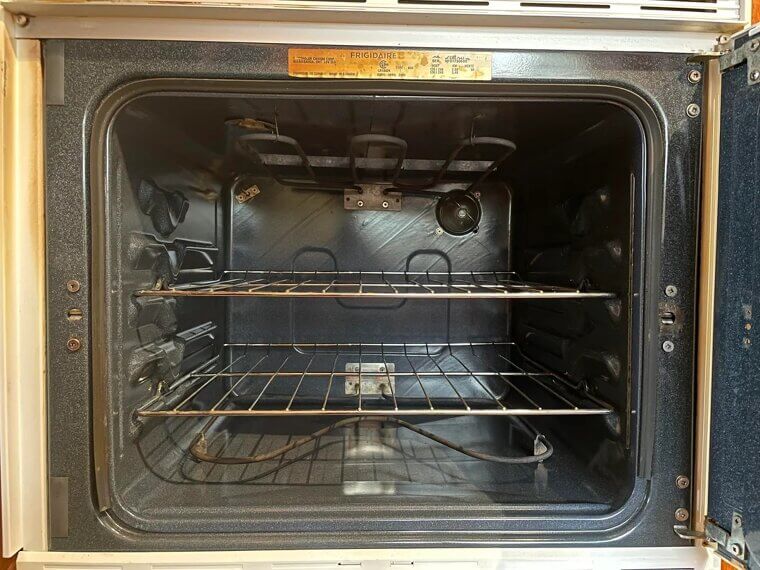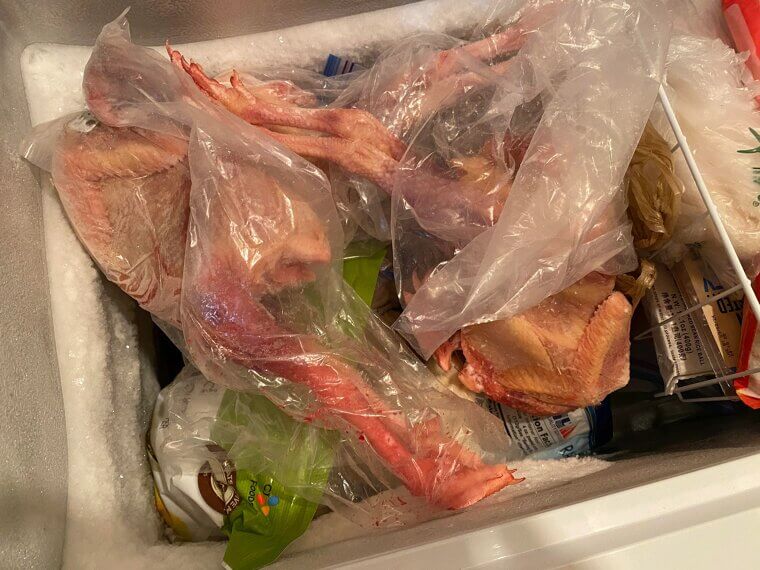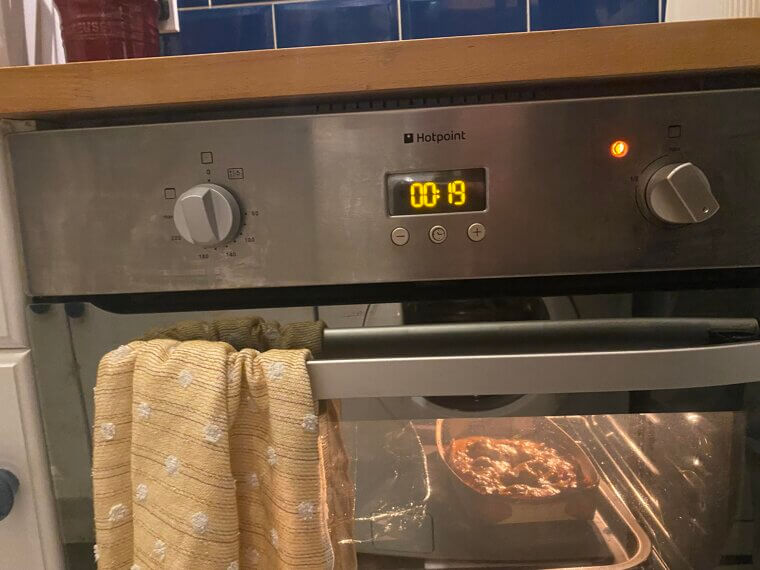These Seemingly Insignificant Kitchen Habits Waste so Much Electricity
Do you look at your electricity bill and wonder why it’s so high? If so, you’re probably paying for some silly habits you make in the kitchen. So, to avoid this, continue reading to uncover 15 small kitchen habits that waste the most electricity.
Leaving Appliances Plugged In
Even when idle, plugged-in gadgets quietly sip electricity. That toaster or coffee maker might seem harmless, but together they add up. Unplugging after use or using a switchable power strip is a simple solution that saves energy without requiring significant changes to your routine.
Running Half-Empty Dishwasher Loads
Dishwashers will use the same amount of power whether they’re washing one plate or twenty. Reducing waste can be achieved by waiting for a full load before starting a cycle. Even better, hand-washing a few items can also be quite rewarding when you're in a hurry.
Overfilling the Fridge or Freezer
Although a crowded refrigerator might seem ideal at first, it strains the motor and blocks ventilation. Ensure the vents are clear and aim for roughly three-quarters full. It's a simple change that keeps your food fresher and helps your refrigerator stay chilled.
Using Old, Inefficient Appliances
Like many other vintage appliances, old refrigerators consume a significant amount of power. Previous versions did not prioritize energy efficiency in their design. Making the switch to newer, energy-efficient appliances can reduce your environmental impact and save money without sacrificing the features you love. It’s a win-win!
Opening the Oven Door Mid-Cooking
You might be tempted to take a peek, but every time you open the oven door, heat escapes and the oven works overtime to recover. Use the oven light and the window instead. Your roast will still brown beautifully—and your energy bill won’t spike.
Boiling More Water Than Needed
When you fill the kettle to the brim for a single cup of tea, you are wasting both your time and heat. If you measure only what you need, it boils faster and consumes less electricity. What’s more, this gives you an early tea break, which is always beneficial.
Using the Wrong Burner Size
A small pot on a large burner sends heat where it’s not needed. Matching pot size to burner helps cook more efficiently. It’s a simple, tiny tweak that makes a big difference - especially if you cook often or love simmering soups.
Neglecting Fridge and Oven Seals
Appliances must work harder when worn-out seals allow hot or cold air to escape. You know what that means? More energy, and therefore electricity, is used. By closing the door on a strip of paper, you may quickly test for leaks. If the paper slides out easily, it's time to repair the seal and start saving energy!
Leaving the Fridge Door Open Too Long
Standing with the fridge door open while deciding what to eat lets cold air spill out; the fridge then kicks into overdrive to cool back down. All you need to do is plan ahead or organise your shelves to help you grab and go without wasting electricity.
Using Incandescent or Halogen Bulbs
Older bulbs don't last as long and use more energy. By replacing them with LEDs, you can reduce electricity consumption while enhancing the brightness of your kitchen. You won't have to change lightbulbs as frequently, and it's a quick upgrade that pays well.
Preheating the Oven Too Early
Unless you’re baking, most meals don’t need a long preheat. Turning the oven on just before you’re ready to cook saves energy. It’s a small timing tweak that adds up over time—especially if you’re cooking daily.
Ignoring Defrosting
It takes longer and consumes more power to cook frozen food directly from the freezer. It’s safer and more effective to defrost in the refrigerator overnight. Additionally, it helps food cook more evenly, which improves texture and flavor without using more energy.
Using the Oven for Small Meals
Heating a full-sized oven for one portion is overkill. For small meals, try a microwave, toaster oven, or air fryer. They use less energy and often cook faster. It’s a smart swap that doesn’t sacrifice flavor or convenience.
Letting Food Cool Before Refrigerating
Putting hot food directly into the fridge raises its internal temperature, causing it to work harder. Let dishes cool to room temperature first. It’s a simple habit that protects your fridge and keeps your leftovers fresher longer.
Using High Heat for Everything
Cranking the heat isn’t always necessary. Medium or low settings often do the job just as well - especially for simmering or sautéing. Cooking gently saves energy and can also improve flavor.

